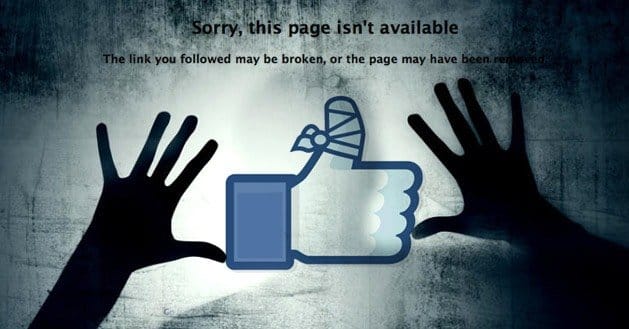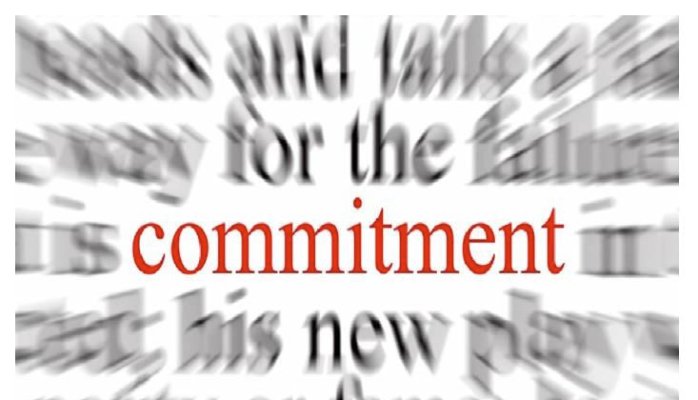- Have any questions?
- [email protected]
How to unblocked or unbanned a Facebook Page

A Step-by-Step Guide to Build a Brand Online
November 7, 2023
Leveraging Positive Customer Experiences to Boost Your Online Reputation
November 8, 2023Common Reasons For a Facebook Page Ban or Block
Excessive page activity is the most common reason for a Facebook page ban, although the exact definition of “excessive” is subjective according to the site administration’s internal guidelines. Too many posts on a page in too short of a time period can trigger Facebook’s spam alert, especially if those posts contain similar types of links. Other activities that can get a page banned or blocked include:
- Sending too many friend requests
- Joining too many other Facebook groups
- Sending too many messages to page followers
- Adding promotional links to a page too many times
According to Facebook’s internal algorithms, any of these activities can be interpreted as spamming or aggressive behavior towards other users. In most cases, the page owner’s intent is completely benign and not intended to spam or harass anyone. Algorithms don’t recognize individual circumstances, so a ban can be triggered all the same.
Step 1: Review Communication From Facebook Carefully
Many banned page owners report that the language of Facebook’s notification email is ambiguous, but reading through it can yield some clues as to why a ban was enacted. These notification emails often mention violations from a third party or refer to an anonymous complaint without specific details. In this situation, a page administrator can infer that some of his or her posted content violated a copyright or trademark rule, such as posting without first asking permission of the original owner.
Step 2: Go Over Past Facebook Activity
The key to this step is recalling and noting anything different from usual Facebook activity in the days just before the ban. This activity can include a group event sent to a large number of followers or an excessive number of page “likes” in the time frame of only a few days. Administrators normally find very little if any activity that could have justified a Facebook page ban, which strengthens their position when appealing to the social site’s administrative support staff.
Step 3: Respond to Facebook’s Inital Email
When replying to this email, page owners are advised to remain polite and professional because strong wording or aggressive language will not help anyone’s case. The email should explain that the page owner has reviewed all Facebook activity carefully and ask for clarification about exactly which terms of service the banned page violated. If there is no response from Facebook within three to five business days, a page administrator can then send a form letter available in the Facebook Help Center to [email protected].
Step 4: Ask For Help From Outside Followers
In the majority of cases, Facebook’s follow-up correspondence instructs the page administrator to contact the disputing third party directly and work to resolve the matter of alleged violation. Since no specific details are available regarding which content allegedly violated which rules, uncovering this information rests with the page owner. In the majority of these instances, there is no provided information regarding the third party’s identity or contact details. Most businesses, groups and organizations have web presences in addition to Facebook, and owners with banned pages have had success asking their regular website visitors to appeal the ban on the group’s behalf. Some ideas for spreading the word and generating support for a banned Facebook page include:
- Blogging about the Facebook ban
- Posting about it on Twitter
- Adding a link to the story on a page owner’s personal Facebook timeline
Since Facebook can also remove personal accounts with no explanation or warning, page owners should keep offline copies of all details about the ban. These include written content about what happened and any screen captures of a blocked login page. This step will allow the information to still circulate even if it is removed entirely from Facebook.
Step 5: Exercise New Precautions For a Restored Facebook Page
Once the formerly blocked Facebook page is restored to good standing, the next step is to thank the site administration as a professional courtesy. A page owner is then advised to practice moderation guidelines for posts, links, messages, friend requests, page invites and event invitations. In one session of updating the Facebook page, administrators should send out no more than 20 messages or page invites at one time. Personalizing the wording of each message or invite is another method for safeguarding against triggering Facebook’s spam alerts.
Using Moderation With Facebook Marketing
Building individual relationships with page followers is another means of keeping a page from incorrectly marked as a violation. Adding large numbers of friends and followers without ever writing on their walls can be identified as spamming behavior. This part of Facebook marketing takes more time, but it will help a page become more established and safer from another possible ban. Page administrators should also keep limits on the numbers of promotional links they post on a regular basis.
Another area to exercise caution is when joining other groups. Facebook does have a published rule that a maximum of 200 groups are allowed for a single organization or entity. Unlike the other arbitrary rules that require guessing, this one is clearly spelled out in the Facebook help center. To err on the side of caution, page administrators are advised to keep this number limited and on the lower end. Only joining relevant groups will also aid in avoiding another red flag from the Facebook administration.
Having a Facebook page blocked or banned is normally a source of headache, but following some good faith practices and steps will bring good chances of getting the page restored. Learning and implementing some specific marketing and promotion guidelines will prevent the same situation in the future. A lesson to be taken from a Facebook ban is that prudent social media managers do not rely on a single platform to build a fan base or group of repeat customers. Mixes of customized, engaging content posted across several social media platforms will go a long way in keeping all accounts in good standing.


